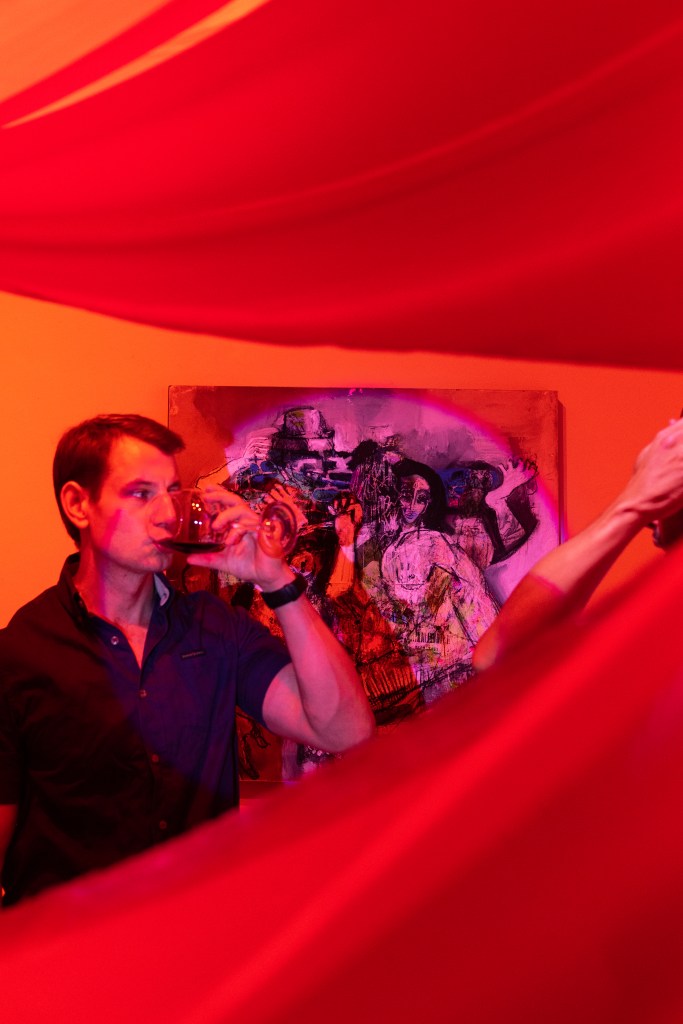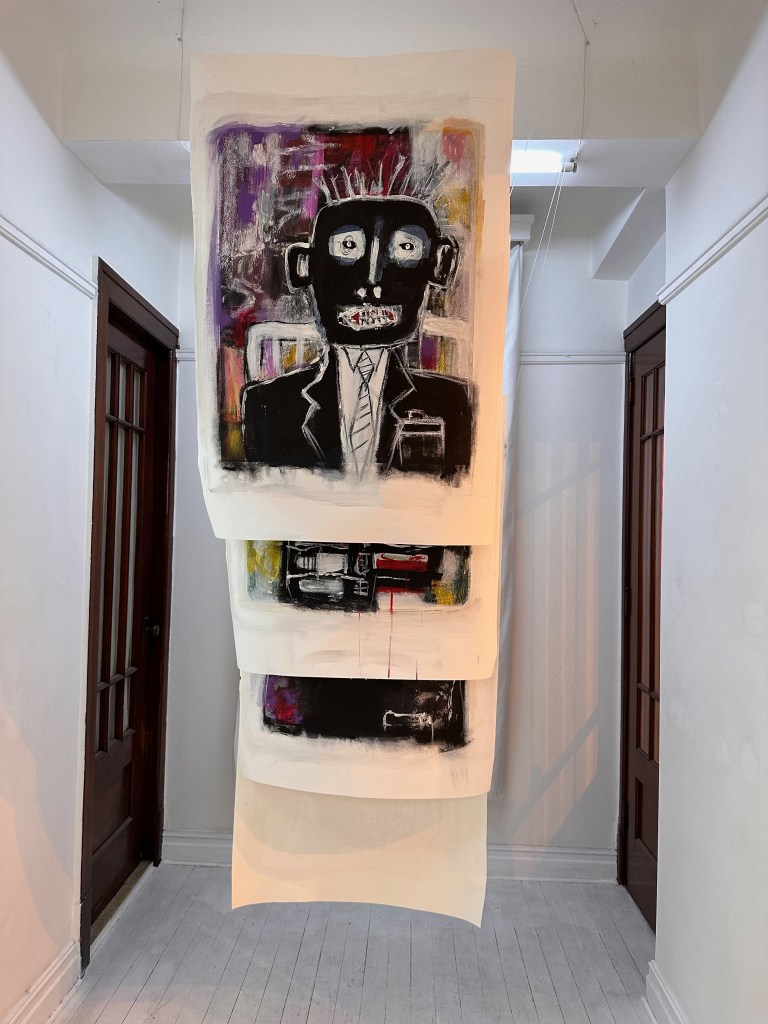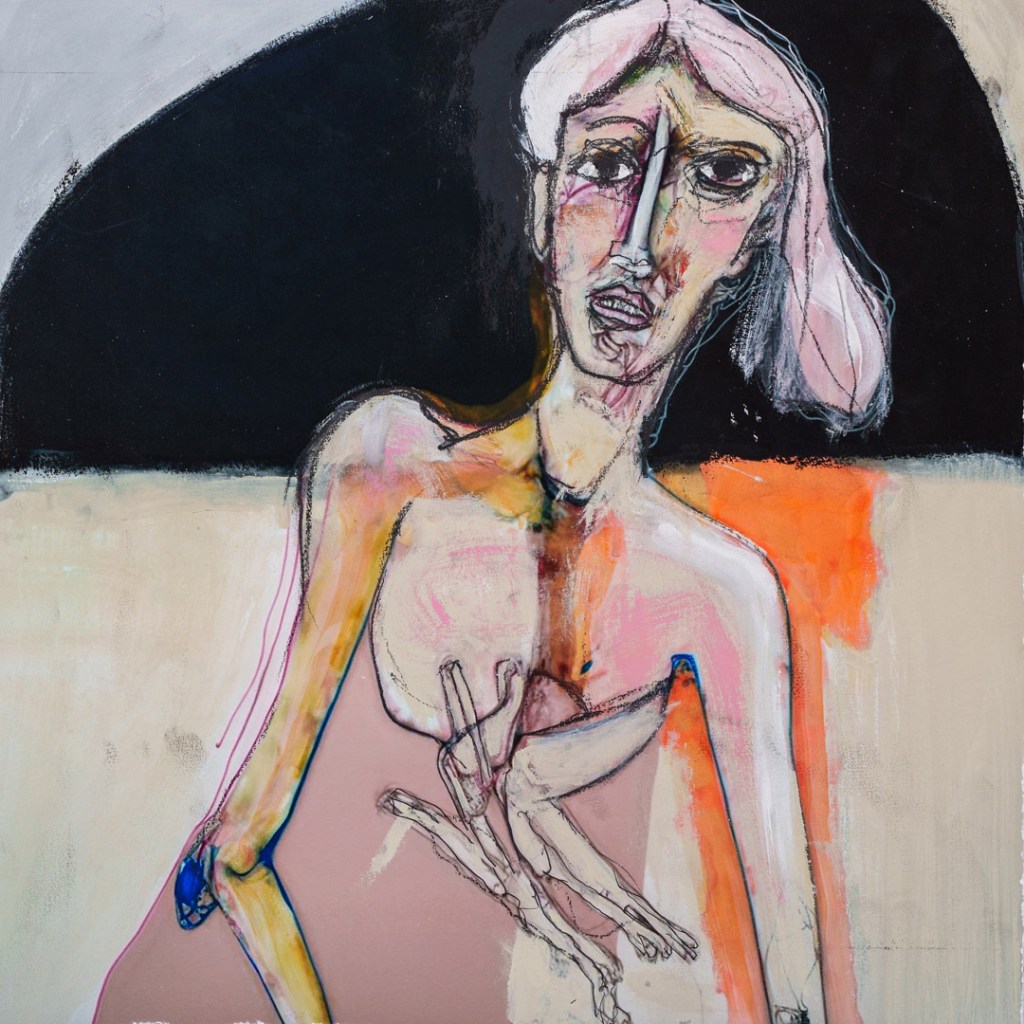La historia del supuesto Van Gogh en Japón, que después de desembolsar 2.5 millones de libras en una aclamada subasta de Christie’s resultó ser una falsificación, capturó mi imaginación y me inspiró a explorar los límites de la autenticidad en el arte. Esta controversia me impulsó a crear mi propia serie de “falsos” Van Goghs, no como un acto de engaño, sino como un homenaje a la técnica y al espíritu del maestro holandés. Con pinceladas audaces y colores vibrantes, busqué capturar la esencia de los Girasoles originales, a la vez que tejía mi propia historia y perspectiva en cada lienzo. Esta experiencia fue una meditación sobre lo que hace que una obra de arte sea genuina: ¿es la mano que la pinta, la historia que cuenta o el impacto que tiene en quienes la contemplan? Cada pieza de mi colección es un diálogo entre la historia y la contemporaneidad, entre la veneración y la creación propia, y un tributo a la luz perenne que Van Gogh supo inmortalizar en sus obras, una luz que sigue inspirando a los artistas a encontrar su propia voz en el vasto mundo del arte.

The tale of the supposed Van Gogh in Japan, which after shelling out 2.5 million pounds at a prestigious Christie’s auction turned out to be a forgery, captured my imagination and inspired me to explore the boundaries of authenticity in art. This controversy spurred me to create my own series of “fake” Van Goghs, not as an act of deception but as a tribute to the master Dutch painter’s technique and spirit. With bold brushstrokes and vibrant colors, I sought to capture the essence of the original Sunflowers while weaving my own story and perspective into each canvas. This endeavor became a meditation on what makes a work of art genuine: Is it the hand that paints it, the story it tells, or the impact it has on those who behold it? Each piece in my collection is a dialogue between history and modernity, between reverence and personal creation, and a tribute to the everlasting light that Van Gogh managed to immortalize in his works, a light that continues to inspire artists to find their own voice in the vast world of art.




















